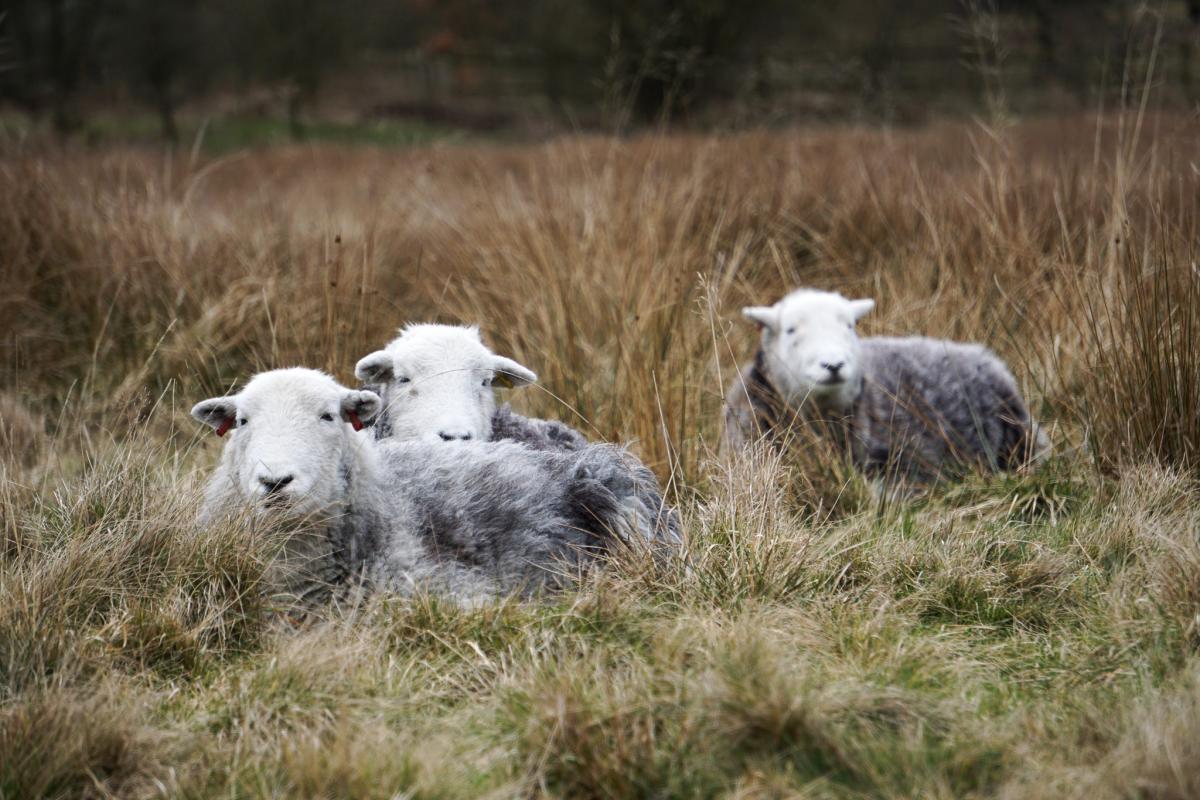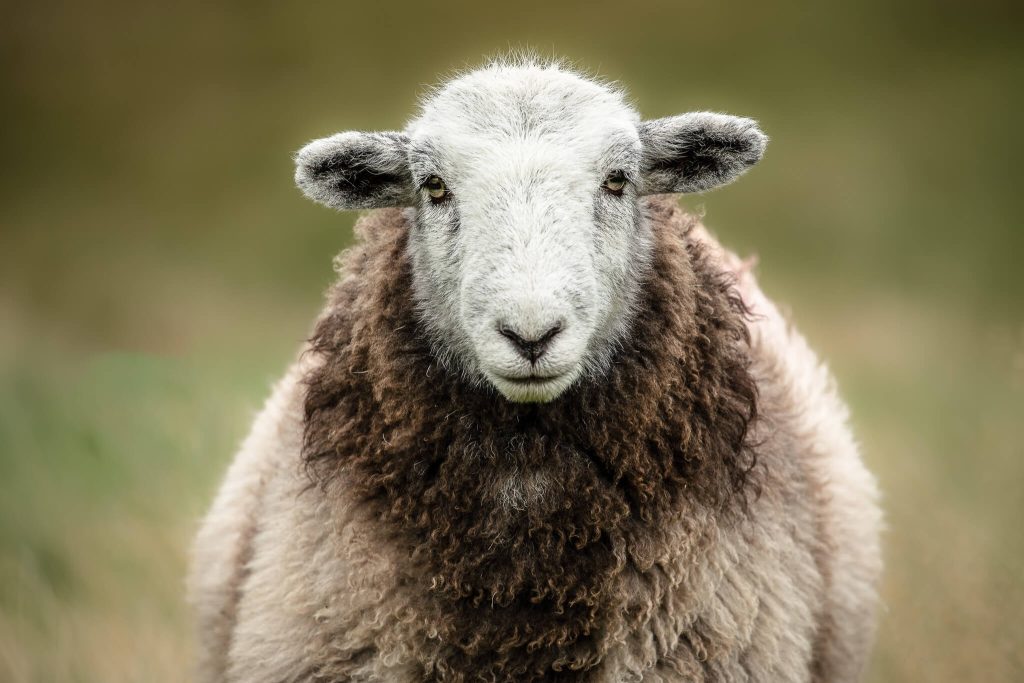
Among Britain’s many native sheep breeds, few are as emblematic of their landscape as the Herdwick sheep. These hardy sheep are inextricably linked with the rugged fells of the Lake District, where they have grazed for centuries. Their story is not just about livestock, it is also about culture, tradition, and the symbiotic relationship between sheep and the uplands they call home.
Ancient Origins and Viking Influence
The precise origins of the Herdwick are shrouded in mystery, but historians believe they may have been introduced to Cumbria by Norse settlers over a thousand years ago. The Vikings brought sheep with coarse, weather-resistant wool which is perfectly suited for the damp, windy conditions of northern England. Over generations, these sheep adapted to the harsh, mountainous terrain, developing the distinctive resilience and foraging ability we associate with Herdwicks today.
The name "Herdwick" itself is thought to stem from the Old Norse “herd-vic,” meaning sheep pasture, underlining the breed’s deep linguistic and cultural ties to its Nordic past.

Guardians of the Lakeland Landscape
Herdwick sheep are famously heafed to the fells, a behaviour where flocks instinctively graze the same area without the need for fencing. This is a learned tradition, passed from ewe to lamb, and it helps preserve the delicate balance of the upland environment. Their grazing patterns prevent the encroachment of scrub and maintain the open fell pastures, supporting a rich variety of wildlife.
It’s no exaggeration to say that without Herdwick sheep, the Lake District would look very different. Their role in shaping the landscape is so significant that conservationists and farmers alike see them as natural stewards of the hills.
Distinctive Appearance and Wool
At birth, Herdwick lambs are jet black, gradually turning a soft grey as they mature. Their faces and legs lighten to white, giving them a striking contrast against the fellside. They have a thick, dense fleece that repels rain and provides insulation in winter, enabling them to thrive in conditions that would challenge most other breeds.
Herdwick wool is coarser than that of many other sheep, making it ideal for hard-wearing textiles such as carpets, rugs, and tweed. Its durability and rustic charm have found renewed appreciation among sustainable and heritage craftspeople.
Survival Through Adversity
The history of Herdwick sheep has not been without hardship. The breed faced severe threats during the 2001 foot-and-mouth outbreak, when entire flocks, some with centuries of lineage were lost. Yet, thanks to the dedication of Cumbrian farmers and support from conservation groups, Herdwicks endured.
One of the breed’s most famous advocates was the writer and illustrator Beatrix Potter, who not only farmed Herdwicks but also left much of her land to the National Trust, ensuring their continued presence in the Lake District.
The Future of a National Treasure
Today, Herdwick sheep are more than just a breed, they are a living heritage. Their continued survival depends on the viability of upland farming and recognition of the environmental services they provide. As consumers become more conscious of provenance and sustainability, there is an opportunity to champion Herdwick products, from meat with its distinctive, robust flavour to the beautifully textured wool.
Supporting Herdwick farmers is not simply about preserving a breed; it is about safeguarding a way of life and a landscape that has shaped British identity for generations.
